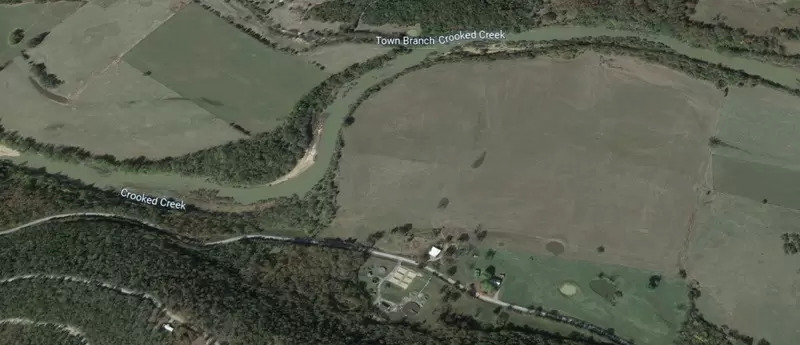Crooked Creek Update
Crooked Creek Update
Ben Levin
Crooked Creek and the Buffalo River are the only two blue-ribbon smallmouth bass fishing streams in Arkansas. Found in the north central part of the state, it originates near Sulphur Spring in northern Newton County flows north and then east through Boone County, and continues east across Marion County where it empties into the White River.
Characteristics
As it meanders across northern Arkansas, Crooked Creek passes through Ozark landscapes of rolling hills, cedar glades, bluffs, bottomland thickets and lush pasture lands. The stream itself is characterized by deep pools, fast chutes and clear water.
Crooked Creek also provides a habitat for many other species including channel catfish and varieties of sunfish. Living along the stream corridor are numerous mammal species – beaver, mink, raccoon, and deer to name a few – and an abundant assortment of water-oriented birds including kingfishers, osprey and great blue heron.
Notes from Gabe Levinundefined
The fish and the habitat
The anglers respect the smallmouth for their strength and cunning. Smallmouths are intolerant of turbidity, high water temperatures and environmental degradation. They are a good indicator of stream health. They grow slowly, taking an average of 3.5 years to reach 12 inches in length, according to the Arkansas Game and Fish Commission Smallmouth Bass Management Plan. A successful spawn can be easily wiped out by a flood. These factors, along with increasing anger pressure, make Ozark stream smallmouth a vulnerable species.
Threats to Crooked Creek
